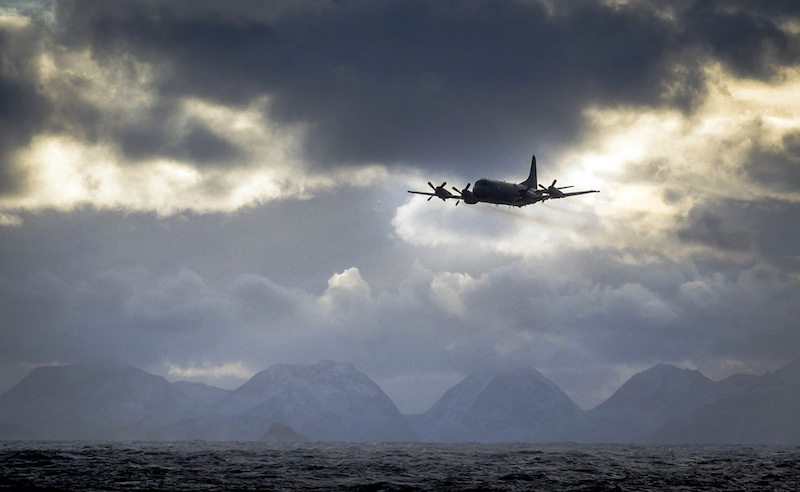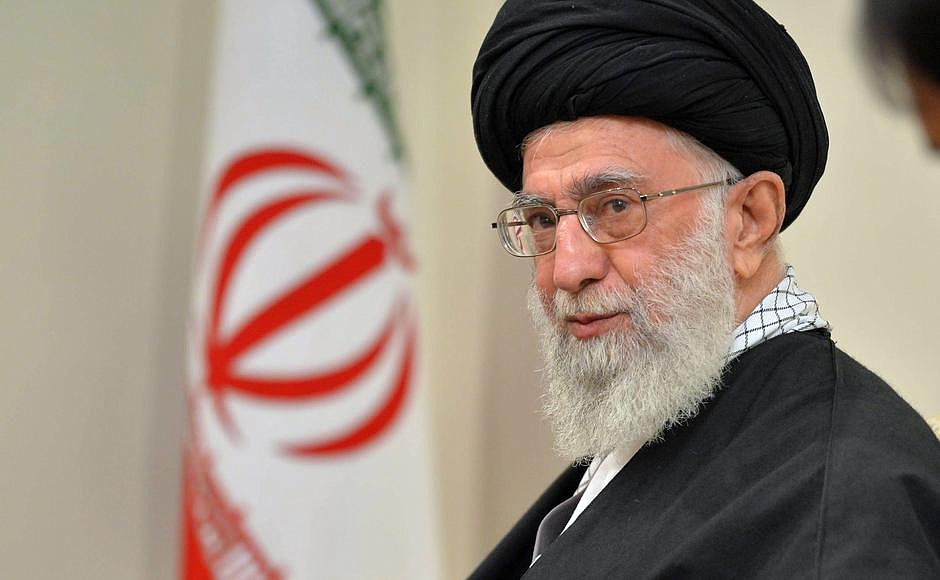To put it mildly, Canada’s defence procurement over the past half century has been problematic. An issue that has become emblematic of this is the Sea King helicopters and the decades long struggle to replace them. In active service since 1963, 14 out of the Canadian Forces 41 units have been destroyed in crashes, killing eight and injuring many more. The December 2014 crash at CFB Shearwater is only the most recent in a long string of tragedies, and caused the entire naval helicopter capability of Canada to be grounded for the next week while emergency assessments and repairs were made.
The search for a replacement helicopter platform began all the way back in 1986 under Prime Minister Brian Mulroney, when the Augusta Westland EH-101 was selected as a replacement for the Sea King, even then marred by a history of crashes and technical failures. A $5.8 billion price tag led to continued political sparring, and an eventual cancellation by the newly elected Prime Minister Jean Chretien, further costing the Canadian public $500 million in cancellation fees. A replacement was finally agreed upon in 2004, with 28 CH-148 Cyclones ordered from Sikorsky, but unsurprisingly, the $7.6 billion contract has since fallen victim to delays and technical difficulties. The first six helicopters were only handed over to the Canadian Forces in June 2015, with no fixed dates for the delivery of the remaining 22. Even then, Department of Defence (DND) documents suggest that the Cyclone is proving to be incapable of meeting potential threat scenarios. In an internal report, the DND noted that “there is a risk that the engine will not deliver the power required to meet all critical performance requirements”, and a lack of trained technical and ground crew personnel means that air crews will be unable to begin training by the planned January 2016 deadline.
The replacement strategy for Canada’s fleet of McDonnell Douglas CF-18 Hornet fighter jets, itself over 30 years old, has also come under fire. The proposed replacement, the Lockheed Martin F-35 Lightning, has come under criticism for its $45.8 billion price tag, and technical shortcomings in harsh environments such as the Canadian arctic. Similarly, the $26 billion systems and design contract for replacement Canadian Surface Combatant (CSC) vessels has still not been awarded, with complications arising over jurisdictional disputes between the Royal Canadian Navy and Public Works and Industry Canada. With military inflation running at 7-11% per annum, the initial budgets approved by parliament buy less and less with every delay, a factor that has severely hampered the impact of Canada’s helicopter and fighter jet projects. How and why did circumstances get this bad?
A major issue is the DND’s adherence to the “Full Range of Threats” procurement strategy, which gives equal precedence to land, sea, and air military acquisitions. While in theory this should give the Canadian Forces a well-rounded military, capable of meeting a diverse range of threats, in reality it leads to a lack of prioritization and high levels of competition for unessential acquisitions. A report by David Perry, a senior analyst at the Canadian Defence and Foreign Affairs Institute (CDFAI), estimated that nearly one quarter of all money allocated by parliament for defence goes unspent, stemming from bureaucratic backlogs, outdated procurement practices and competing factions within the military hierarchy. Since 2007, almost $7.2 billion has gone unspent.
In 2015, Canada is slated to spend just $20 billion, or 0.89% of GDP, on defence. This falls well short of the NATO guideline of spending 2% GDP on defence, and is further hampered by the previously mentioned bureaucratic entanglement of funds. With the world’s most powerful military located adjacent to us, many Canadians feel comfortable and not unduly concerned by security issues, taking for granted the protecting influence of the US. This has further implications beyond under spending on the Canadian military; the final decision on the F-35 program was pushed back by the DND to 2026, mainly to allow the US to complete field testing in 2025.
Some progress has been made in untangling the half century old problem of procurement. In April 2015, the DND released new guidelines for defence procurement practices in Canada, prioritizing the timely delivery of military equipment to the Canadian Forces and Coast Guard through the introduction of three new improvements; the Defence Acquisition Guide, the Value Proposition Guide, and the Independent Review Panel. These panels and guidelines are intended to promote a closer relationship between industry and government, a more transparent and fair information sharing and contracting process with external observers, and an improved appraisal from both sectors regarding long term capability requirements for the Canadian Forces. Only time, and perhaps judicious oversight, will tell if they are what the troubled procurement environment of Canada’s military needs.





